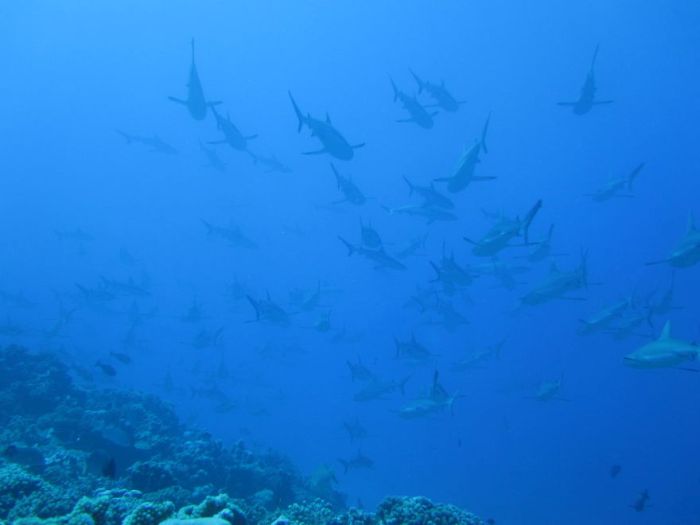|
|
Migration Of Wild Animals
|
Animals are generally considered to have evolved from a flagellated eukaryote. Their closest known living relatives are the choanoflagellates, collared flagellates that have a morphology similar to the choanocytes of certain sponges. Molecular studies place animals in a supergroup called the opisthokonts, which also include the choanoflagellates, fungi and a few small parasitic protists. The name comes from the posterior location of the flagellum in motile cells, such as most animal spermatozoa, whereas other eukaryotes tend to have anterior flagella.
The first fossils that might represent animals appear in the Trezona Formation at Trezona Bore, West Central Flinders, South Australia. These fossils are interpreted as being early sponges. They were found in 665-million-year-old rock.
The next oldest possible animal fossils are found towards the end of the Precambrian, around 610 million years ago, and are known as the Ediacaran or Vendian biota. These are difficult to relate to later fossils, however. Some may represent precursors of modern phyla, but they may be separate groups, and it is possible they are not really animals at all.
Aside from them, most known animal phyla make a more or less simultaneous appearance during the Cambrian period, about 542 million years ago. It is still disputed whether this event, called the Cambrian explosion, represents a rapid divergence between different groups or a change in conditions that made fossilization possible.
|
|









